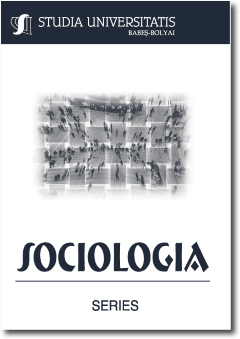THE PHENOMENA OF DISPLACEMENT AND RELOCATION DURING THE PROCESS OF GENTRIFICATION IN BUDAPEST
THE PHENOMENA OF DISPLACEMENT AND RELOCATION DURING THE PROCESS OF GENTRIFICATION IN BUDAPEST
Author(s): Csaba JelinekSubject(s): Social Sciences
Published by: Studia Universitatis Babes-Bolyai
Keywords: gentrification; displacement; relocation; Budapest.
Summary/Abstract: The concept of gentrification was coined in the 1960s referring to the formerly working class neighborhoods invaded by higher status social groups in London, while today it can be seen as a global phenomenon appearing in most of the cities all around the world. Budapest is not an exception either: since the transition, several neighborhoods started to be gentrified, especially the inner parts of the Pest side. In the recent years, overcoming the former theoretical debates about the explanation of gentrification, gentrification research has been centered on the observation of the effects of the process. A crucial phenomenon taken into consideration when analyzing the effects of gentrification is the question of displacement, or in other words the involuntary move of a household. While the protagonists of gentrification – both in the international and in the Hungarian literature – state that displacement is either a marginal phenomenon or a process through which the living conditions of the displaced families are improved, the critical gentrification researchers argue that displacement destroys communities and social networks; causes invaluable psychological harms and usually results that the originally less affluent people have to live in a neighbourhood outside the inner areas, where they have even less chance for a better life. In their view this leads to spatial segregation and the shaping of socially homogenous areas, which undermines the stability of the society and increases inequalities. My aim is to bring empirical evidences about the process of displacement by following-up families facing a situation in which they are forced to leave their former homes, in order to contribute to the more precise evaluation and analysis of the phenomenon of gentrification. For this reason I focus on Ferencváros (the 9th District of Budapest), where a slow municipality-led gentrification process has been going on since the early 1990s.
Journal: Studia Universitatis Babes-Bolyai - Sociologia
- Issue Year: 55/2010
- Issue No: 2
- Page Range: 105-116
- Page Count: 15
- Language: English

